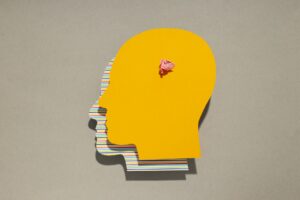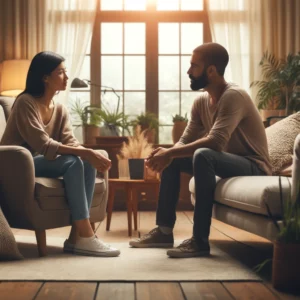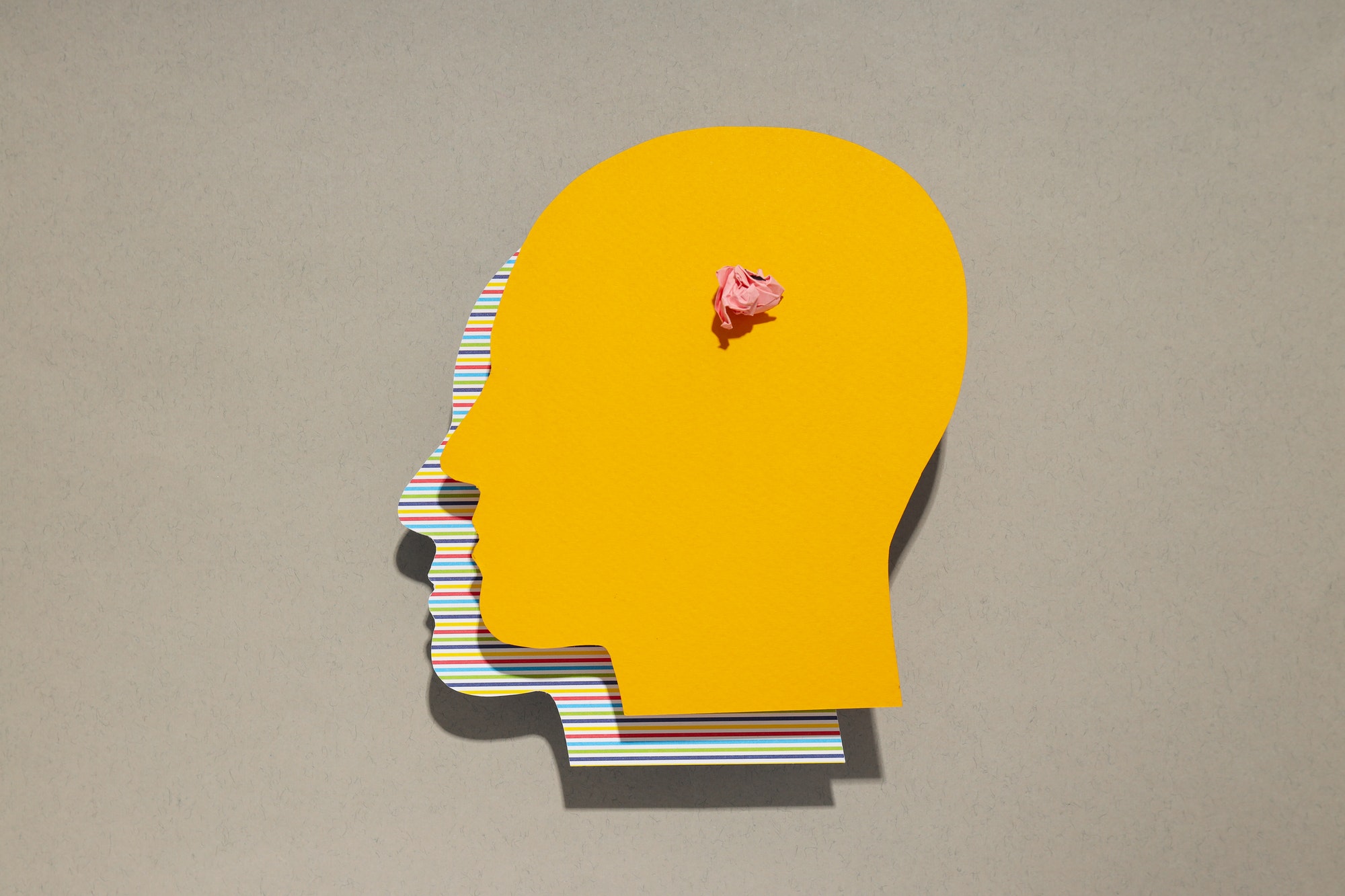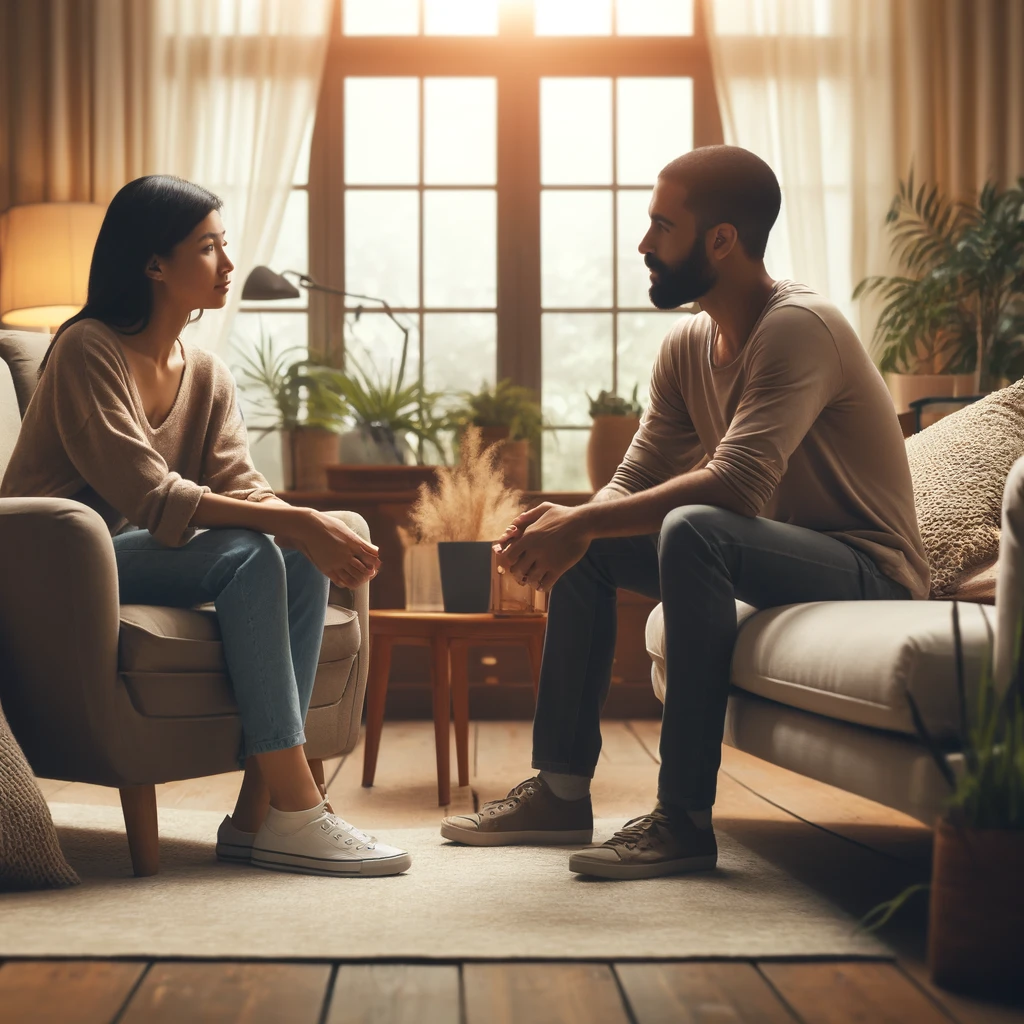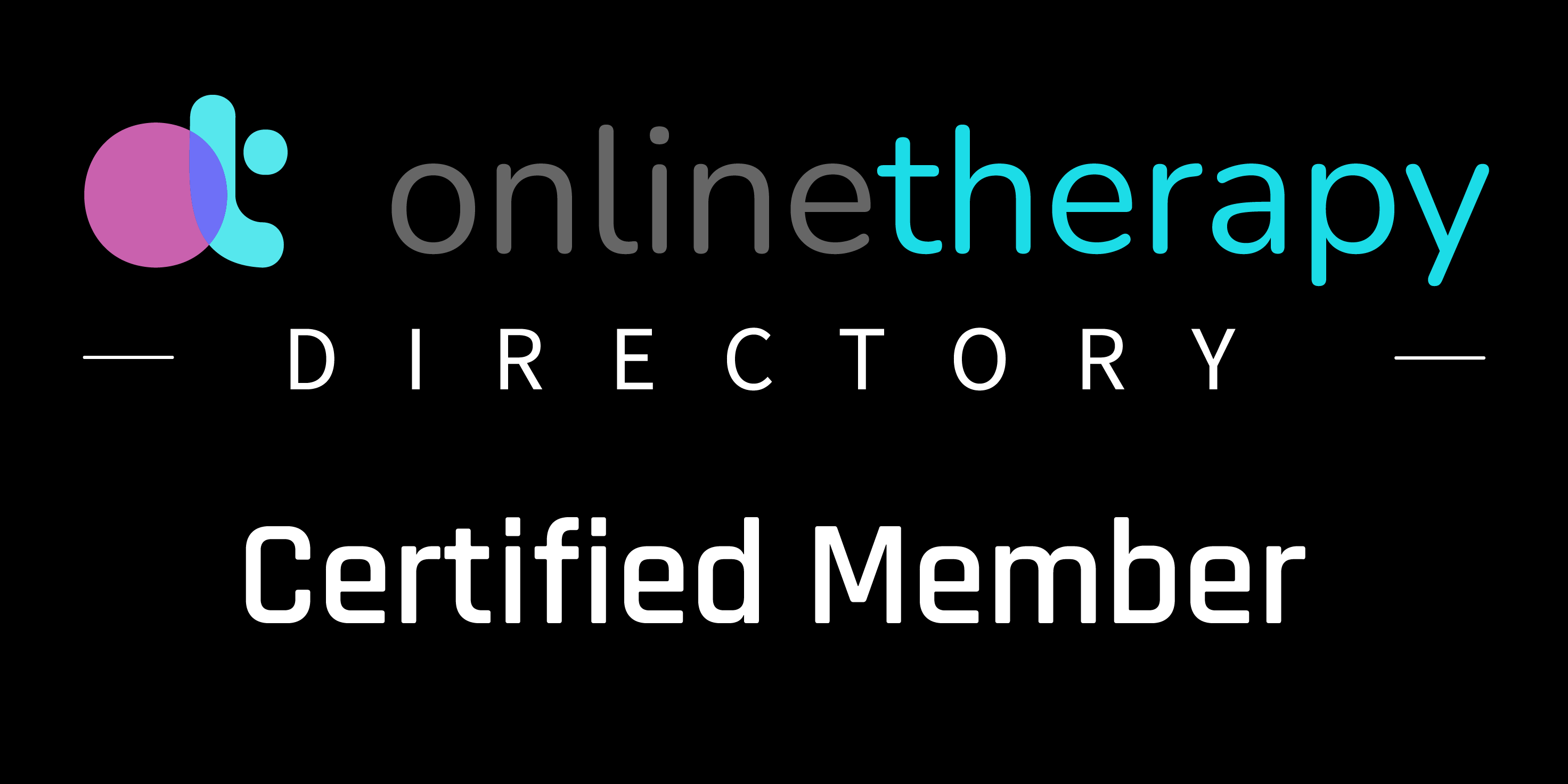As a psychotherapist, I understand the profound impact that seasonal affective disorder (SAD) and other mood difficulties can have on one’s mental health. Light therapy, using devices like the Verilux HappyLight Halo, offers a promising adjunctive treatment to traditional psychotherapy and medication. This review synthesizes my professional insights with research-based evidence and a personal 45-day trial of the product.
The Science Behind Light Therapy
Light therapy, recognized for its efficacy in treating SAD and other circadian-related mood disorders, operates on a simple yet profound principle: exposure to bright, artificial light mimics the natural sunlight that can be scarce in winter months. Research suggests that such exposure can reset the body’s circadian rhythm, reduce melatonin production, and increase serotonin levels, thereby alleviating symptoms of depression and improving mood (National Institute of Mental Health).
Product Overview
The Verilux HappyLight Halo stands out in the crowded field of light therapy devices. It eschews unnecessary complexity for a straightforward, user-friendly design. With the capability to emit up to 10,000 lux of bright white light—without UV rays—it’s aligned with the recommended standards for effective light therapy. Its adjustable settings allow for a tailored experience, making it suitable for a variety of needs and preferences.
Personal Experience
Incorporating the HappyLight Halo into my morning routine for 45 days, I observed noticeable improvements in my mood and energy levels, particularly during the dark, winter months. The device’s portability enabled me to use it in various settings throughout my home, ensuring consistent exposure. The immediate sense of upliftment was akin to the revitalizing effect of a morning walk in sunlight, underscoring the lamp’s effectiveness.
Pros
- Effectiveness: Aligns with research-based guidelines for light therapy, offering tangible benefits for mood and energy.
- Usability: Simple, intuitive design with adjustable settings cater to individual needs without overwhelming users with unnecessary features.
- Portability: Lightweight and easily movable, it supports flexible use in different environments.
Cons
- Aesthetics and Size: While lightweight, its size and appearance might not blend seamlessly into all spaces.
- Cost: Although reasonably priced relative to its benefits and competitors, the initial outlay may be a consideration for some users.
Research and Clinical Insights
Beyond personal and anecdotal evidence, light therapy’s efficacy is supported by a robust body of research. Studies highlight its role in treating not only SAD but also other conditions influenced by circadian rhythm disruptions, such as certain sleep disorders and depression subtypes. Clinical guidelines often recommend light therapy as a first-line treatment, emphasizing its safety profile and the absence of pharmacological side effects.
Conclusion
The Verilux HappyLight Halo represents a valuable tool in the armamentarium against SAD and other mood disorders related to light exposure. Its combination of efficacy, ease of use, and adaptability makes it a worthy investment for individuals seeking to enhance their mental health through natural, non-invasive means. From a psychotherapeutic standpoint, it can serve as a complementary intervention, augmenting traditional treatments and supporting overall well-being. Whether used as part of a morning routine or for periodic boosts throughout the day, the HappyLight Halo offers a ray of hope for navigating the darker months with increased vitality and mood stability.




